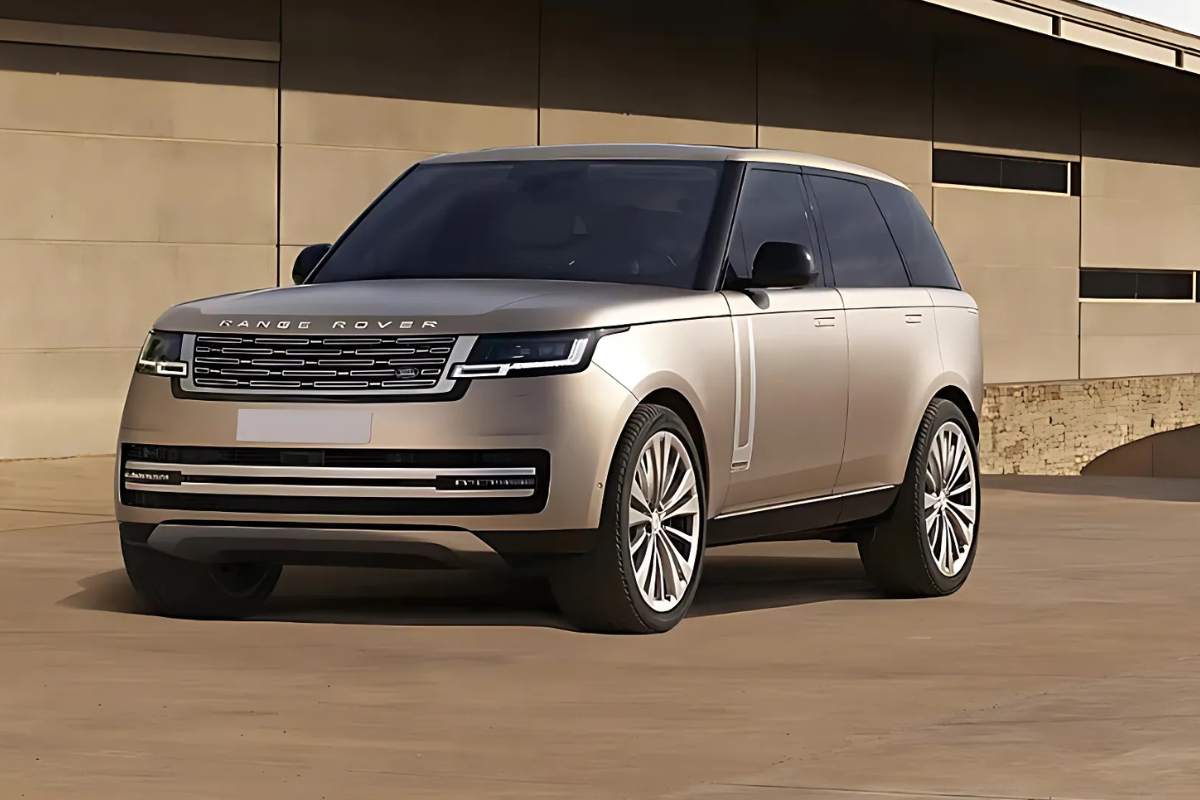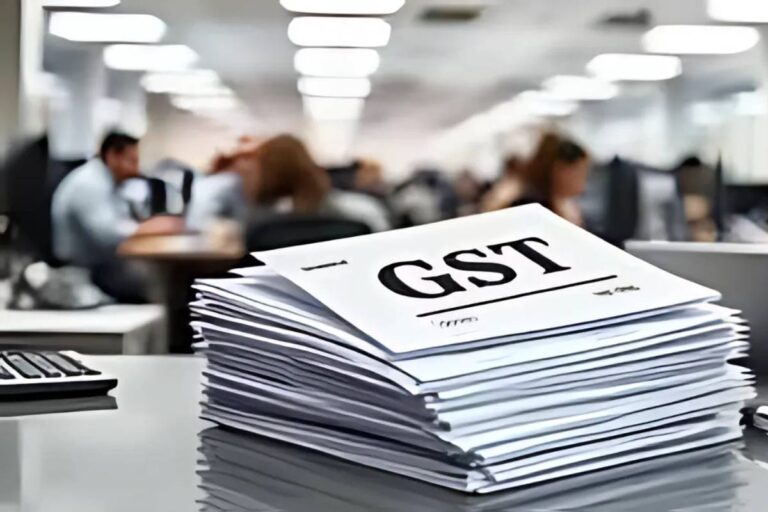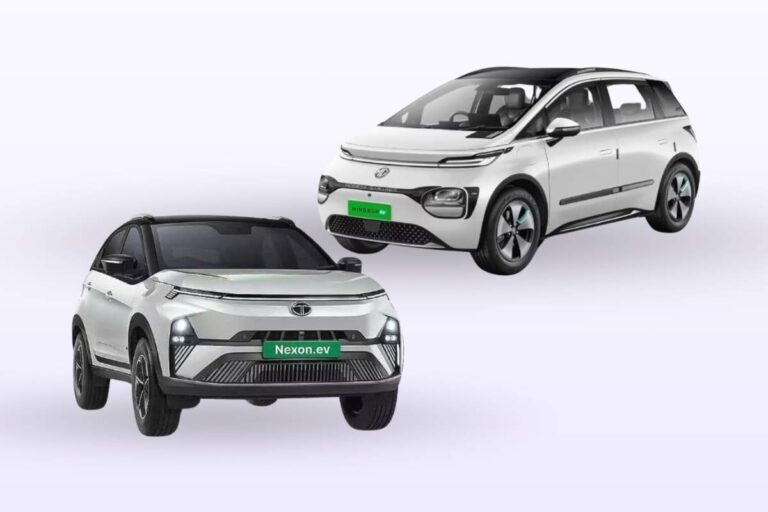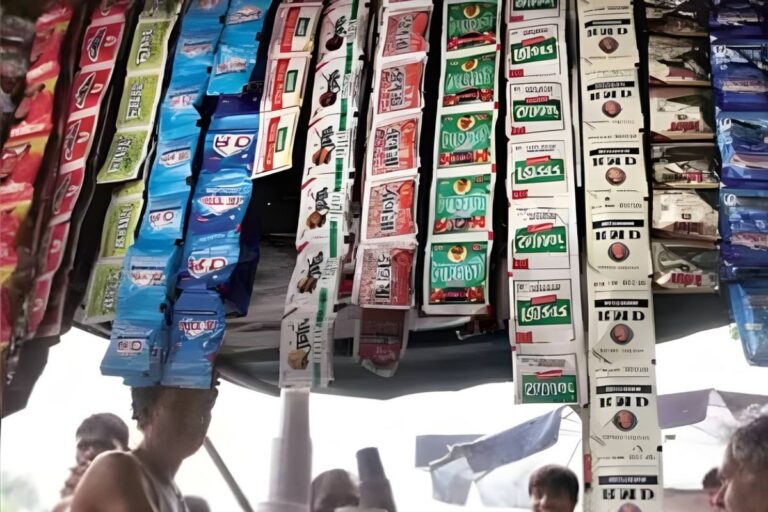India and the United Kingdom have signed a historic Free Trade Agreement (FTA) that will have far-reaching implications for the Indian auto market. Unveiled on May 6, 2025, following three years of talks, the agreement will remove tariffs on approximately 99% of goods traded. Most importantly for car purchasers, duties on UK-made automobiles will drop from more than 100% to 10% under a tariff-rate quota. This entails hundreds of crores of prestige cars (presently dominated by British brands) becoming significantly less expensive in India. The agreement is to increase bilateral trade and strengthen the India–UK Strategic Partnership.
Key Provisions Affecting Autos
Auto tariffs reduced: India will reduce duties on British cars imported from the existing rate (usually more than 100% for completely-built units) to 10%. This is under a fixed tariff-rate quota on certain volumes of UK vehicles. Effectively, the overall import duty falls by more than 90% on eligible UK models.
Quota and timing: The cut in duty comes under a quota regime, although the exact size of the quota and phasing are still being determined. The timeline is reported to begin with internal combustion-engine models and phase through to electric and hybrid models within 10 years. The new rates are anticipated to come into effect around a year from signing, presumably in 2026, pending ratification.
Auto parts and services: Apart from finished cars, most auto components will also have reduced tariffs. With India removing 99% of tariff lines in total, exporters of auto parts can achieve quicker access to the UK market. The Automotive Component Manufacturers Association (ACMA) points out that the deal may increase opportunities and technology collaborations for India’s auto parts industry.
Mutual advantages: The FTA makes UK markets accessible to Indian cars and vice versa. Indian automobile companies (like Maruti, Tata, and Mahindra) will have improved access to sell cars, particularly EVs, in Britain and Europe. Mahindra’s leadership has stated the FTA provides them with a “golden opportunity” to export their electric SUVs to the UK at competitive prices.
Luxury Brands and Models Impacted
The tariff cut will most immediately help top-of-the-line British brands already charging stratospheric prices in India. Some of them are:
- Jaguar Land Rover (JLR): All JLR UK-manufactured models (such as Range Rover, Defender, and Jaguar XJ) will enjoy dramatically reduced duties. Models that are not assembled in India, such as the Range Rover and Range Rover Sport, are likely to become much cheaper.
- Rolls-Royce and Bentley: Both luxury brands import completely assembled cars from the UK and now pay about 100% customs duty in addition to 28% GST. With the FTA, these duties will be significantly lower, reducing showroom prices by almost half.
- Aston Martin, Lotus, McLaren: Exotic supercars from these UK plants are usually retailed in India as completely built units (CBUs). They will also gain from the new 10% duty rate, reducing models such as the Aston Martin DBX and Vanquish by a significant amount.
- Mini (BMW UK brand): The Mini Countryman and Cooper models produced in Oxford will also become cheaper under the FTA quota.
- Triumph and Norton (motorcycles): High-end bikes that are imported from the UK, like Triumph and Norton (owned by TVS), will face lower duties. TVS hopes this will enable Norton to grow at a faster rate in India.
Other mid-size vehicles produced in the UK can also gain, although some experts warn that cheaper imports would deter incentives for global OEMs to locally assemble in India.
Estimated Price Drops
The price cuts will differ by model but are likely to be drastic for impacted cars. With the overall import duty cut to 10%, final prices may come down by 40–50% before GST and registration. For instance:
- Bentley Bentayga: Priced at about ₹4.10 crore now, it could come down to ₹2.25 crore.
- Rolls-Royce Ghost/Phantom: Priced at about ₹8.95 crore, could come down to about ₹4.5–5.5 crore.
- Aston Martin Vanquish: Likely to see similar price reductions.
- Mini Cooper: Can fall from ₹35–45 lakh to ₹20–25 lakh.
- Triumph/Norton motorcycles: Can expect cuts of a few lakhs.
Note: GST and local registration fees still hold after customs duties.
Industry and Expert Reactions
Automakers and experts have largely welcomed the FTA, particularly those with stakes in luxury and export markets:
- TVS Motor (Norton): Hailed the FTA for its ability to enable Norton to grow in India and overseas markets.
- Mahindra & Mahindra: Relished the prospect of increasing EV exports to the UK and EU markets.
- EY and ACMA: Commended the agreement for balancing the playing field and unlocking export markets for Indian component makers.
- Analysts: Although commenting, it favors mostly luxury brands, analysts do not see a significant impact on mass-market carmakers. Some had feared that cheaper imports from the UK would disincentivize foreign brands to locally assemble cars.
Market Outlook and Consumer Impact
India’s luxury car market has been expanding at a fast pace. In 2024, luxury car sales exceeded 50,000 units, with Mercedes-Benz and BMW reaching record levels. The FTA will further boost growth in this segment. Premium SUVs such as the Bentley Bentayga or Rolls-Royce Ghost will become more affordable for high-end Indian buyers, potentially boosting sales volume in the ultra-luxury segment.
For the majority of Indian consumers, there will be minimal direct effect as the agreement mainly touches premium imports. Mass-market cars will not be affected since they are produced locally. Nevertheless, the penetration of new luxury choices can challenge local players to enhance product quality and innovations.
On the demand side, Indian automotive component exports to the UK are likely to increase with lower tariffs, facilitating India’s desire to further integrate into global value chains.
Strategic Context
The India–UK FTA is a bilateral milestone. The two Prime Ministers welcomed it as historic, stating it was a transformational pact that brings the two nations’ economic objectives together. The UK referred to it as its most important trade deal since leaving the EU, while India sees it as one of its most all-encompassing deals to date.
Bilateral trade between the UK and India was approximately USD 60 billion in 2024. The FTA looks to double this figure by 2030, driving growth in the automobile, textile, pharmaceutical, and spirits sectors.
The pact is a win-win: for Indian consumers, it provides greater access to foreign luxury cars; for exporters, it opens strategic markets and promotes investment. Automakers and purchasers will be eagerly awaiting additional information on vehicle quotas, timelines, and implementation stages in the coming months.






















